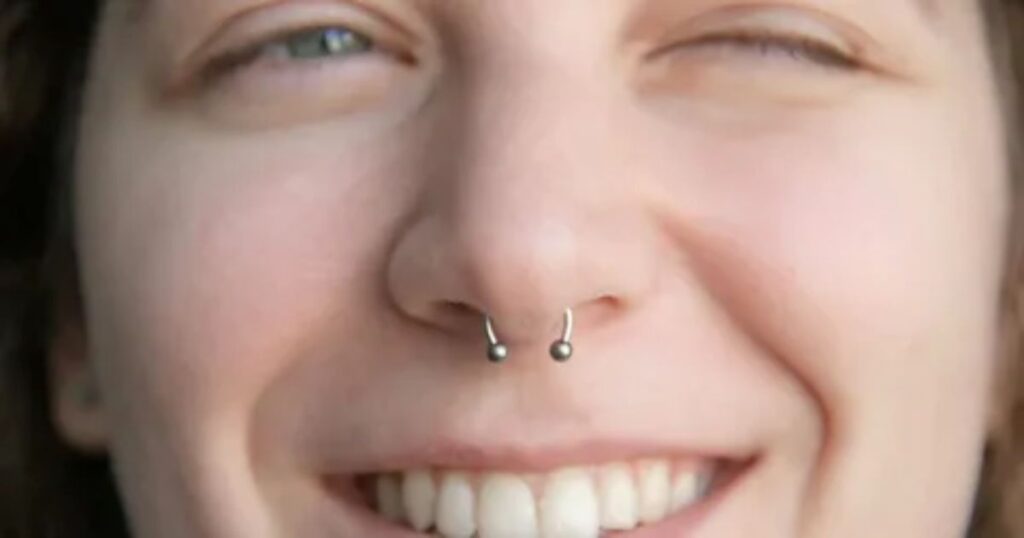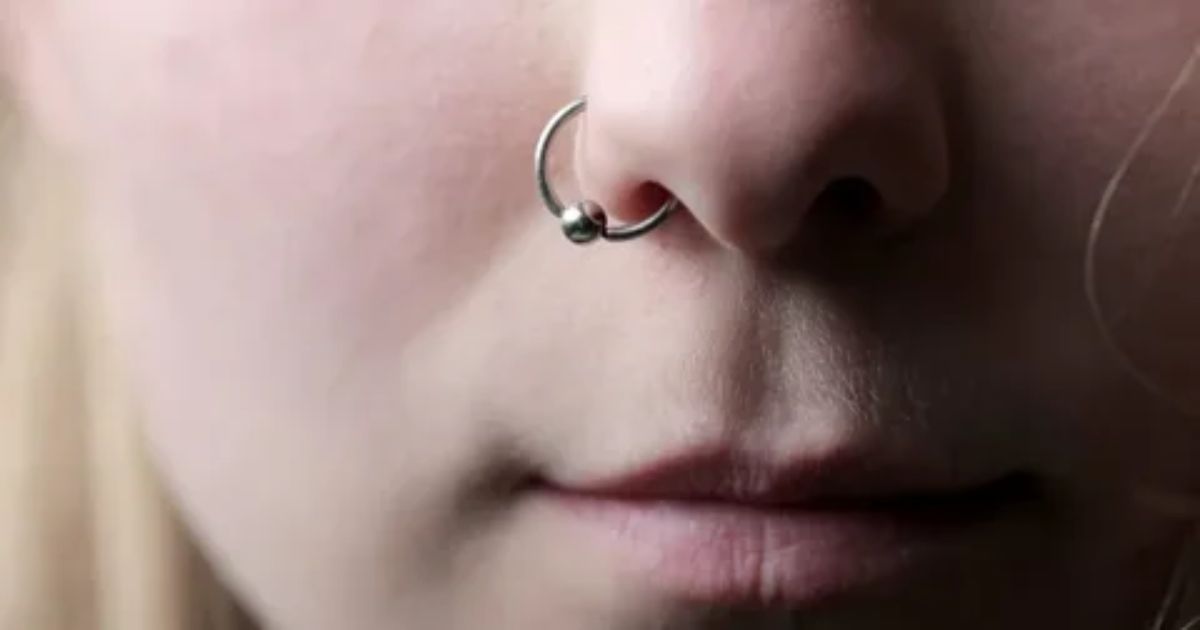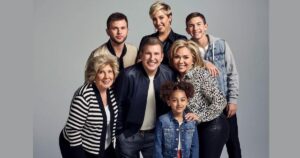The Gay Side For Nose Piercing refers to a cultural belief or perception associated with the side of the nose chosen for piercing. The idea that the side of nose piercing reflects sexual orientation or LGBTQ+ membership is based on personal beliefs, lacking universal or scientific support.
While there’s no scientific evidence supporting a connection between nose piercing and sexual orientation, cultural perceptions surrounding this topic have sparked interesting discussions. Curious about piercing traditions? Wondering, which side is the gay side for nose piercing? The answer might surprise you.
In reality, nose piercing has diverse cultural and personal meanings. Some cultures have specific traditions regarding the side of the nose to pierce, while others leave it to individual preference. Remember, personal choices like nose piercing should be celebrated for their uniqueness and expression rather than conforming to stereotypes.
Cultural Perceptions and Nose Piercing
Nose piercing has a practice deeply rooted in various cultures for centuries, with diverse meanings attached to it. However, one intriguing aspect that has emerged in contemporary discussions is the idea of a gay side when it comes to nose piercing.
Some cultures associate specific sides with masculinity or femininity, leading to the notion that piercing one side of the nose might convey a particular sexual orientation. It’s essential to recognize that these perceptions are often based on stereotypes and lack a solid foundation in reality.
In many Western societies, the association between nose piercing and sexual orientation is a misconception. The choice of which side to pierce is highly individual and depends on personal preferences rather than indicating one’s sexual identity.
Exploring the Notion of a Gay Side
The notion of a gay side for nose piercing arises from cultural beliefs that assign specific traits to each side of the body. In some societies, the left side might associate with femininity, while the right side is linked to masculinity. However, it’s essential to note that these associations are not universal and vary significantly across different cultures.
Debunking the myth of a gay side is crucial for fostering inclusivity and breaking free from rigid stereotypes. Nose piercing is a form of self expression, and individuals should feel empowered to choose the side that resonates with them personally, irrespective of societal expectations. By challenging these stereotypes, we can contribute to a more accepting and diverse understanding of body art.
The Historical Context of Nose Piercing Beliefs
To understand the roots of the gay side perception, it’s essential to delve into the historical context of nose piercing beliefs. In ancient cultures, nose piercing held diverse symbolic meanings, ranging from rites of passage to religious significance. Some societies attributed specific qualities to different sides of the body, influencing the choice of piercing location.
Creating a table to summarize key historical beliefs:
| Culture | Nose Piercing Beliefs |
| Ancient Indian | Left side for women, right for men |
| Middle Eastern | Left side for women, right for men |
| Western | Varied, with no specific gender alignment |
Understanding the historical context helps dispel the notion of a universally designated gay side and emphasizes the fluidity of cultural interpretations.
Individual Choice vs. Cultural Stereotypes
In the contemporary context, nose piercing is primarily a matter of individual choice rather than a marker of sexual orientation. While cultural influences may play a role in the decision making process, it’s crucial to distinguish between personal expression and perpetuating stereotypes.
Promoting open conversations about the motivations behind nose piercing can contribute to dispelling myths and fostering a more inclusive society.
Acknowledging that individuals make choices based on personal preferences rather than conforming to societal expectations challenges preconceived notions and allows for a more authentic understanding of self expression.
Understanding LGBTQ+ Representation in Body Art
Body art, including nose piercing, has become a significant aspect of LGBTQ+ representation. Many individuals within the LGBTQ+ community use body modifications as a form of empowerment and self affirmation. Nose piercing, in this context, becomes a symbol of identity, breaking away from traditional norms and celebrating diversity.
Emphasizing the rich tapestry of LGBTQ+ experiences through body art promotes a more inclusive narrative. It encourages a mindset that values personal choices over rigid stereotypes, fostering a culture of acceptance and understanding.
Breaking Down Nose Piercing Traditions

Nose piercing traditions have evolved over time, adapting to changing cultural landscapes. While some traditions dictate specific sides for piercing based on gender or societal roles, contemporary practices prioritize individual expression. Breaking down these traditions allows individuals to embrace the freedom of choice, unburdened by outdated norms.
As society becomes more inclusive, it is crucial to celebrate the diversity of nose piercing choices. Whether it’s a stud on the left or a hoop on the right, each choice contributes to the broader spectrum of self expression.
Modern Perspectives on Nose Piercing Symbolism
In the modern era, nose piercing has transcended its historical and cultural meanings, becoming a symbol of personal identity and style. The symbolism associated with nose piercing is diverse and subjective, ranging from cultural pride to personal empowerment.
The idea of a gay side for nose piercing increasingly challenges, with individuals embracing the freedom to choose without conforming to limiting stereotypes.
The evolving perspectives on nose piercing symbolism reflect a broader societal shift towards accepting diverse expressions of identity. As body art continues to be a canvas for self discovery, it is essential to appreciate and respect the individuality that each piercing represents.
Celebrating Diversity Personal Choices in Piercing
Ultimately, the discussion around look with a nose piercing app and its alleged connection to a gay side underscores the importance of celebrating diversity and individual choices. Society benefits from an open minded approach that recognizes the fluidity of identity and challenges stereotypes rooted in outdated cultural beliefs.
Nose piercing, like any form of body art, is a personal journey that goes beyond societal expectations. By embracing the rich tapestry of choices individuals make, we contribute to a more inclusive and understanding world, one where self expression celebrates, irrespective of preconceived notions about the right or left side.
FAQ’s
Is there a specific side considered the gay side for nose piercing?
No, the notion of a gay side for nose piercing is a cultural belief and lacks universal validity.
Does the side of nose piercing determine one’s sexual orientation?
No, there is no scientific basis for such a connection; it’s a subjective perception without factual support.
Can I choose any side for my nose piercing regardless of cultural beliefs?
Absolutely! Nose piercing is a personal choice, and you can choose any side based on your preference, irrespective of cultural associations.
Conclusion
The idea of a gay side for nose piercing is rooted in cultural beliefs rather than concrete evidence. It’s crucial to recognize that personal choices, including piercing preferences, should be celebrated for their unique expressions rather than conforming to stereotypes.
Embracing diversity and understanding the cultural context can foster a more inclusive perspective on individual choices. In essence, nose piercing is a form of self expression. Assigning specific meanings based on cultural beliefs may perpetuate unnecessary stereotypes.
The freedom to choose any side for nose piercing empowers individuals to celebrate their identity authentically. Let’s move beyond outdated perceptions and appreciate the beauty of personal choices. Recognizing that there is no universal gay side for nose piercing.



















